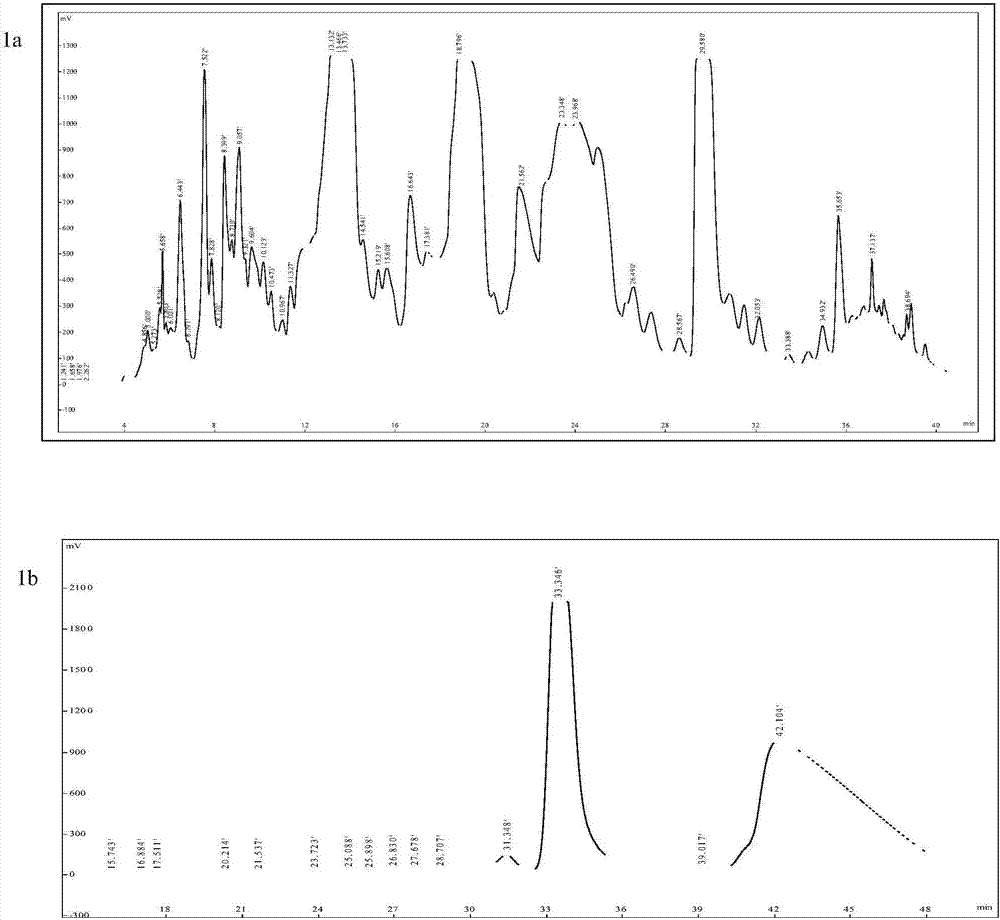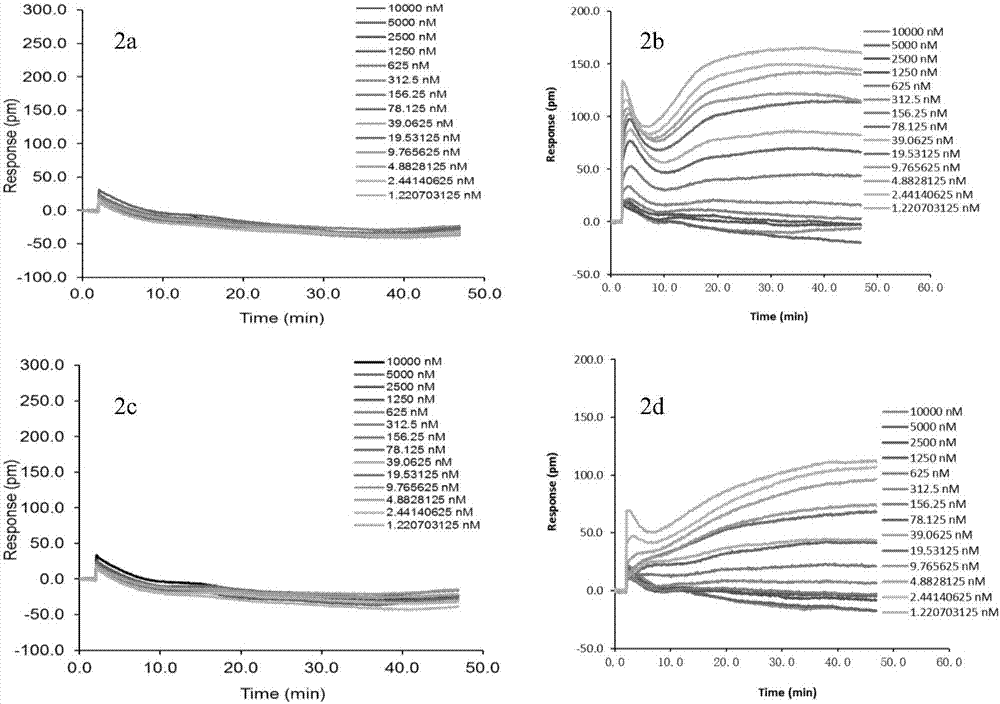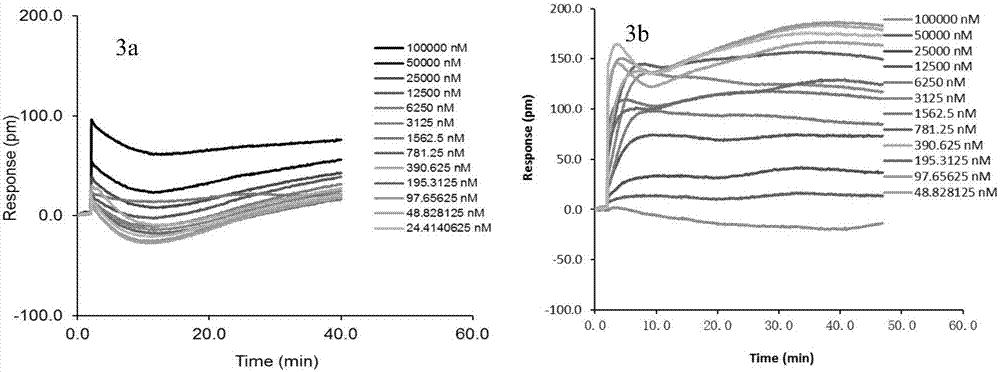Compound, muscarine M receptor antagonist, composition and application
A receptor antagonist and compound technology, which is applied in the discovery and application field of the action mechanism of the active ingredients of natural medicines, to achieve the effect of broadening the scope of clinical applications
- Summary
- Abstract
- Description
- Claims
- Application Information
AI Technical Summary
Problems solved by technology
Method used
Image
Examples
Embodiment 1
[0036] Example 1 Purification and Preparation of Alkaloid Compounds in Anisodamine Tangut
[0037] 1. Experimental instruments and reagents
[0038] Tangut Anisopolamine medicinal material was collected in Qinghai by the Northwest Plateau Botanical Institute, and was identified by Teacher Mei Lijuan. Column XCharge C18 (4.6×250mm, 7μm, Huapu Company), XCharge C18 (100×280mm, 7μm, Huapu Company), XCharge SCX (100×316mm, 7μm, Huapu Company), XCharge C18 (20×250mm , 7 μm, Huapu Company), anhydrous sodium sulfate, sodium dihydrogen phosphate dihydrate were purchased from Sinopharm Group, ethanolamine, phosphoric acid, and formic acid were purchased from Bailingwei, and preparative chromatography grade acetonitrile was purchased from Anhui Shilian.
[0039] 2. Purification and preparation of compounds
[0040] 50kg of Anisodina tanguta medicinal material was extracted with ethanol, divided into two batches of 25kg each, soaked in 80L of ethanol, heated to reflux for 2 hours, and ...
Embodiment 2
[0041] The DMR signal characteristic of embodiment 2 muscarinic M receptor antagonist on Epic platform
[0042] 1. Method
[0043] 1.1 Cell culture
[0044] HT29 human colon cancer cells were obtained from the Cell Bank of the Type Culture Collection Committee of the Chinese Academy of Sciences (Shanghai, China). HT29 cells were treated with McCoy’s 5A medium (GIBCO, product number 12800017, containing D-Glucose 4500.0mg / L, adding NaHCO 3 2.2g / L), at 37°C, with a volume content of 5% CO 2 (air) incubator.
[0045] 1.2 Cell Viability Experimental Method of Muscarinic M Receptor Antagonists
[0046] HT29 cells were treated with 2×10 4 Individuals / well density seeded to In a 384-well biosensor microplate, placed at 37°C, with a volume content of 5% CO 2 (air) incubator for 22 h, washed with HBSS buffer once before detection, then added 30 μL of HBSS buffer to each well, placed in The system was equilibrated and incubated for 1h. After balancing first in Establish a 2...
Embodiment 3B
[0051] Example 3 BDCS Antagonistic Activity to Muscarinic M Receptors
[0052] The dose-effect relationship of BDCS, a compound with strong M receptor antagonistic activity in activity screening, was further investigated by using label-free cell target pharmacology technology. First, 10 μL of the compound to be tested was added to the inoculated HT29 cells In the 384-well biosensor microplate (same as embodiment 2), in The system was monitored for 60 minutes, and then 10 μL of acetylcholine (16 μM) was added to continue monitoring for 60 minutes. The DMR signal induced by the compound is plotted with the action time, such as image 3 a (The compound concentration is diluted stepwise from 100 μM to 24.4nM, the corresponding DMR signal curves are arranged from top to bottom, and the signal changes little); the DMR response signal caused by the second step of adding acetylcholine is plotted with the action time, the result Such as image 3 b (The compound concentration was ...
PUM
 Login to View More
Login to View More Abstract
Description
Claims
Application Information
 Login to View More
Login to View More - R&D
- Intellectual Property
- Life Sciences
- Materials
- Tech Scout
- Unparalleled Data Quality
- Higher Quality Content
- 60% Fewer Hallucinations
Browse by: Latest US Patents, China's latest patents, Technical Efficacy Thesaurus, Application Domain, Technology Topic, Popular Technical Reports.
© 2025 PatSnap. All rights reserved.Legal|Privacy policy|Modern Slavery Act Transparency Statement|Sitemap|About US| Contact US: help@patsnap.com



